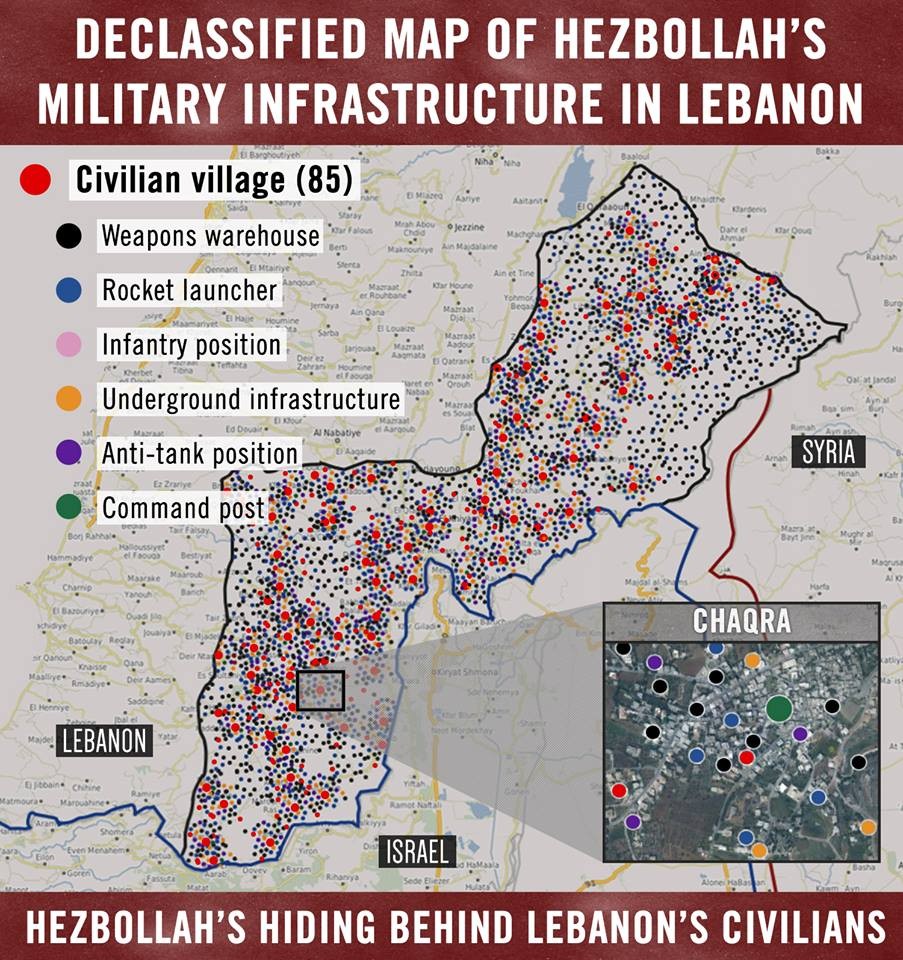Iran and Turkey met in Moscow directly after the operations began to finish off the hostilities in Aleppo. The United States, meaning John Kerry was not invited. A new global leadership arrangement is underway and the United States has lost her ranking. Even after the murder of the Russian ambassador by a Turkish police officer, the relationship appears to be getting more cozy. This may be a good place to remember the fact that Turkey is a NATO country and the United States still has an aging nuclear weapons inventory at Incirlik in Turkey.
So what is the ultimate objective? Hard to describe but the Kremlin is the grand marshal of building pattern for the future. Russia, previously the Soviet Union is a country built on a militarist model and not a peacetime model, always has been.
Russia’s military is now stronger that any possible foe, President Vladimir Putin told an annual end-of-year meeting with the defense ministry on Thursday.
“We can say with certainty: we are stronger now than any potential aggressor,” he told the meeting. “Anyone!”
Putin made the comments after Defense Minister Sergei Shoygu presented his annual report, lauding Russia’s military achievements in Syria as well as successful efforts to modernize the Russian army.
Among other things, Shoygu said Russia “for the first time in its history” has fully covered the Russian border with early warning anti-missile systems. Shoygu also announced plans to send more troops to Russia’s west, south-west and the Arctic region. More from FNC.
Iran is geared the same and expanding its offensive military systems including global militias and missile systems. Russia is testing an anti-satellite weapons system. Iran is expanding the weapons arsenal using much of the money we paid to them in ransom.
The nearly $2 billion, which was delivered to Iran in cash, is a substantial cash infusion to the country’s coffers and was viewed by lawmakers as a primary means for Iran to invest in advanced military technology.
Since the payment was made, Iran has pursued multiple arms deals with Russia and sought to purchase a slew of new commercial jetliners, which the country has historically integrated into its air force.
Dunford admitted in his correspondence to Congress that Iran’s actions—including the buildup of ballistic missiles and other advanced weaponry—continue to cause worry in the Middle East.
“Regional actors have expressed great concern about Iran’s activities and intent, but I have not received new, specific concerns regarding an increasing belligerence or growing military investment on the part of Iran,” Dunford wrote.
Then there is the Ukraine Baltic region where Russia has applied hacking and electronic warfare against U.S. drone systems and hacking communications. Further, independent white hat software experts are proving Russian electronic hacking in other battlefield systems that include artillery units.
Both Russia and Iran are looking at the long game while the United States changes leadership and diplomacy every 4-8 years. So what is the long game? For Iran and Russia it is the same, military expansion. For Iran, it goes beyond their existing power in Lebanon and building bases in the region which include more of the Middle East with Yemen and to challenge the Gulf States, Bahrain, most especially Saudi Arabia and may involve Armenia. Iran has joint control of Syria and Iraq presently and Rouhani recently visited Kazakhstan and Kyrgyzstan. The president is accompanied by a number of his ministers and deputies. Kazakhstan is a former Soviet biological weapons facility of which the United States is paying still to this day to clean up and Baikonur is also the location for the space race and exploration systems.
For Russia it is the Bosporus Strait and the Dardanelles. This could be a power coup on Turkey that Erdogan has not figured out yet or may approve if there is another financial deal in the works.
The Black Sea is the ultimate power target by both nations. The Black Sea gives Russia more region authority over the Baltics and more access to the Mediterranean.

For Russia, the United States is not alone as the UK is also the target.
Vladimir Putin’s defence minister today compared the British army to Nazi Germany as the new Cold War plunged to a fresh low.
Sergei Shoigu claimed British troops on a Salisbury Plain training facility have started to use Russian-made tanks and uniforms of the Russian military to designate the enemy.
And the 61-year-old general, one of Putin’s closest allies and a personal friend, also alleged that NATO has doubled the intensity of military exercises, and dubbed them ‘anti-Russian.’
The man who heads the former Red Army said: ‘The last time this training method was used was by Nazi Germany during the Second World War.’
His comments came during a meeting in the Russian defence ministry of his top brass. More here from DailyMail.







